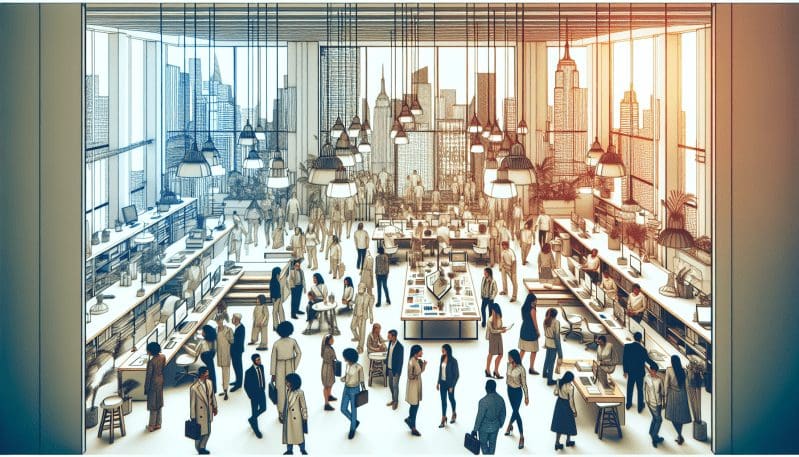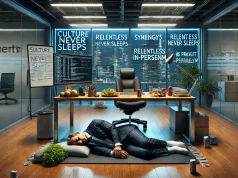As the workplace evolves, there has been a growing recognition of the importance of designing spaces that not only foster productivity and innovation but also reflect the values of diversity and inclusion. In the bustling heart of New York, where every individual is as unique as the skyline itself, inclusivity in design is not just a trend—it is a mandate for the future of work culture.
Inclusion is about creating environments where everyone feels seen, heard, and empowered to contribute. It is about acknowledging the diverse needs of a workforce as varied as New York itself, with its rich mosaic of ethnicities, cultures, abilities, and ages. A truly inclusive workplace design goes beyond compliance with the Americans with Disabilities Act (ADA); it involves a deeper understanding of how space can either facilitate or hinder the day-to-day experiences of people.
To start, inclusive design requires an intentional approach. It requires asking who will be using the space and how. It calls for a shift in perspective to see the workspace through the eyes of a diverse group of people—considering everything from cultural sensitivities to ergonomic needs. Consider, for example, how the placement of furniture can impede or assist someone in a wheelchair, or how lighting and acoustics can affect an individual with sensory processing sensitivities.
Furthermore, design can significantly influence corporate culture. Spaces that encourage collaboration through open plan designs, communal areas, and adaptable furniture are becoming staples for companies that value teamwork and collective creativity. But these spaces must also include private areas where employees can seek solitude or manage confidential tasks. The balance between collaborative and private spaces is essential in fostering a culture where everyone can thrive.
Employee engagement and productivity are also linked to how much workers feel valued in their environment. An office designed with diversity in mind might include prayer rooms, lactation rooms for new mothers, or adjustable workstations catering to different body types and abilities. By considering these elements, businesses signal a commitment to their employees’ well-being, which, in turn, can lead to increased loyalty and productivity.
Creating spaces that reflect equality and respect can start with simple actions like ensuring artwork and imagery throughout the office represent a variety of cultures and identities. It can also mean selecting a location that is accessible via public transportation, considering the socioeconomic diversity of the workforce.
Ultimately, inclusive design is about more than just the physical space—it’s about creating an environment that supports the diverse talents and perspectives of New York’s workforce. It is about designing not just for some, but for all. As workplace architects and designers, it is our responsibility to forge these spaces that nurture inclusivity and, in turn, shape a corporate culture that is as forward-thinking and dynamic as the city itself.
In the spirit of the New York Times’ commitment to social issues and progress, we must ensure that our work environments are not only physically accessible but also culturally welcoming and psychologically supportive. Only then can we truly say that we are designing for diversity and that we are crafting the future of New York’s work culture—one space at a time.




























